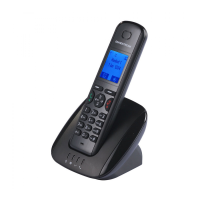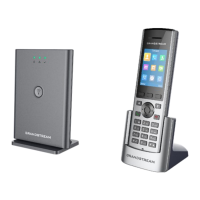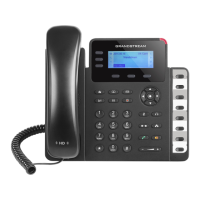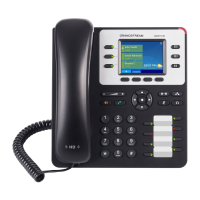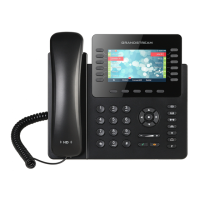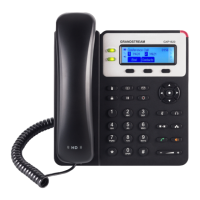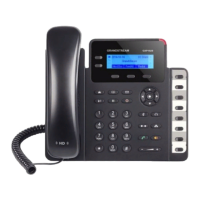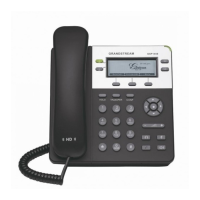DEPLOYMENT GUIDE
This chapter contains the notion of cell coverage and the consideration to be taken when planning the
deployment of base stations around the site to achieve better quality.
Using Multiple Base Stations
Cell Coverage
As described before, the cell of a DP750 is ideally in a ring shape. But in real world situations, many
obstructions can affect the signal and the coverage doesn’t reach all intended distance. Thus, prior
measurements need to be performed in order to guarantee full coverage of the site.
For good coverage, users are recommended to place base stations at appropriate height (around 2m) and
near to the center of the site as much as possible while maintaining good signal quality in far critical points.
Single Floor Buildings
When deploying a single floor building, first we recommend that you get an existing building plan to help
you have better vision of the site. The process consists of the following steps.
Step 1: Critical points identification
Critical points are dead spots where the radio signal can hardly reach, such as a corner of a room, lifts and
stairwells. Please refer to following in order to determine and identify the critical points for placing the
deployment base stations.
1. Select the first critical point T1 located in the corner area of the site.
2. Select a nearby critical point adjacent to the first one and name it T2.
Step 2: Placement of the first base station
1. Place the temporary base stations on the critical points.
2. Measure the radio coverage and mark the limit of the radio coverage far from the 2 critical points.
3. Determine the intersection point of the two temporary coverage cells.
4. The intersection point P1 will indicate the best placement for the permanent base station since from
this point we can cover the critical points along with neighboring areas.
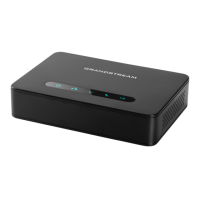
